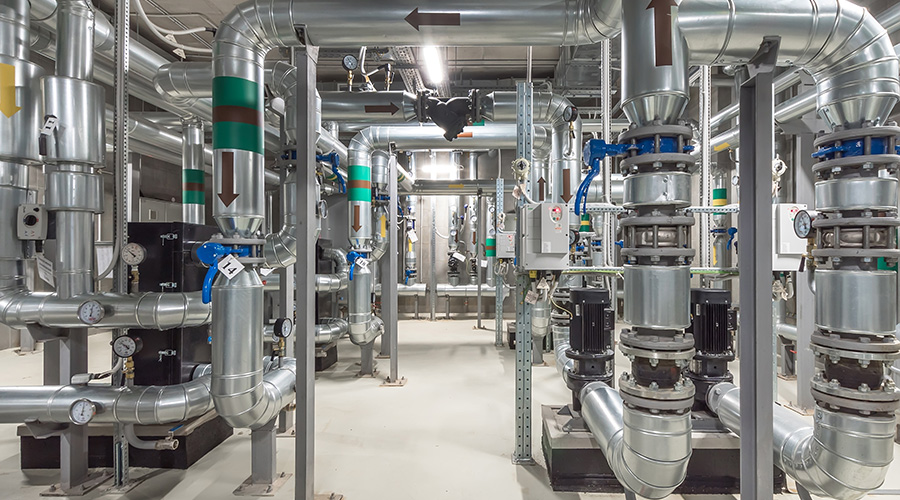For HVAC Optimization, High-Hanging Fruit Doesn't Have to Mean 'Expensive'
An impactful HVAC optimization project may just require some time and expertise to properly tune a system — not necessarily requiring a huge investment.
Acknowledging the availability of low-hanging fruit begs the question, “What’s high-hanging fruit?” Some would characterize it as any goal or solution that, because of its “height from the ground,” is more difficult to harvest. Therefore, by extension, anything that is difficult to achieve and likely to be put off while simpler alternatives remain available.
Consider the large central business district office building with three heat exchangers serving the tenant condenser water loop. Two speed-controlled primary and secondary pumps serve each unit. However, one pump operates at a time to meet pumping requirements.
Having invested in FDD software, the engineering staff added an algorithm to analyze secondary water supply temperature and amperage draw, revealing that the primary and secondary pumps were consistently operating at a constant load without any amperage draw variation. It also revealed that drive speed and amperage draw failed to correlate as expected. Upon inspection, site engineers observed the VFD auxiliary contactor malfunctioning, causing the pumps to operate at 100 percent speed. Nor were interface cards converting the BAS-to-VFD signal functioning properly, forcing the pumps to operate at a higher speed than required.
The solution centered on replacing the VFD auxiliary contactor and interface cards, thereby allowing the pumps to operate at a lower speed, consuming less energy. Secondary loop differential pressure setpoint modifications were also made part of this fix. Energy savings were verified, and their persistence assured through continuous monitoring of the pumps.
Was this a “quick win” – the equivalent of low-hanging fruit?
Pursuing a quick win usually refers to trying to get a positive, near-term result, often using less investment with little to no risk. Lower lamp wattages and reduced run-times were assured of producing results. The expression is often used in contrast to terms like long-term objective or capital project. Clearly, there had been an investment in forensic software that brought the pump problem to light. Perhaps some would call it a quick win, but others would suggest that only by encouraging engineering personnel with solid domain knowledge of large building systems, possessed of the intellectual curiosity for meeting challenging problems, and having resources that present them with operational clues, falls under the classification “challenging work” versus the quick win.
Related Topics:














